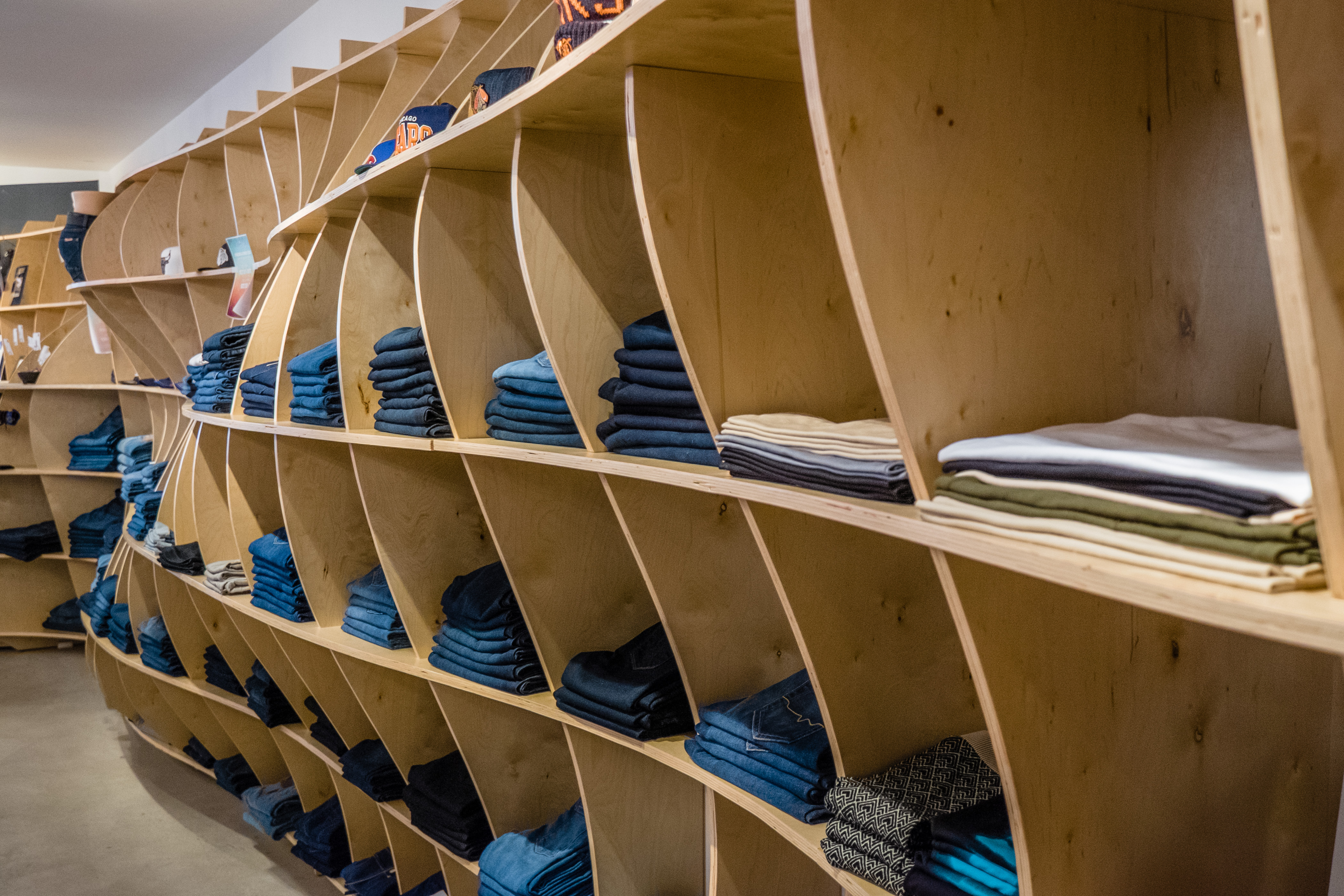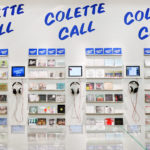Accenture predicts that by 2020 Millennials will account for nearly $1.4 trillion in spending power. However, their spending does not currently follow traditional patterns. Millennials use their disposable income to pay for experiences – travel, entertainment, technology – rather than tangible goods with shorter lifespans, like clothes. And when they do shop for more traditional goods they do so with an eye toward discounts, and customization. Now, traditional shopping locations feel this generation’s shifting spending habits.
As retailers work frantically to cater to Millennials’ demands, some face a difficult road back to relevance. Gap, J. Crew, Macy’s, and Abercrombie & Fitch are just a few of the names to close a multitude of stores in recent months. Where once shoppers sought out clothes emblazoned with iconic logos, now they search for the best deal, the understated design that won’t go out of style. It’s part of the reason Gap is closing stores, but the brand’s cheaper Old Navy stores are thriving.
High-end clothing and department stores are not the only things that actually are going out of style. As shopping malls lose their large anchor tenants, it becomes increasingly difficult for real estate owners to fill those vacancies. In January, The New York Times explained how more than 24 shopping malls have shuttered in just the past four years. They also believe another 60 establishments are unlikely to last much longer.

America, especially Millennials, is migrating to urban locales. Combine the suburban exodus with the younger generation’s penchant for convenient, fast, discount fashion, and it’s no wonder Gap stores 20 miles past city limits aren’t doing well. Long-term commercial leases (of the typical 5-10 year variety) can take years to process completely. So it’s also no surprise property owners experience difficulty filling their vacant spaces.
Millennials, their life experience framed by financial turmoil and mountains of student debt, sit, pushing over the dominoes of America’s retail ecosystem. But out of collapsing tradition raise new ideas, new technology, new hope for retailers and real estate owners alike.
William Robertson, CEO of Skyline Exchange, a crowd-sourced office space platform, argues the commercial real estate industry is “ripe for disruption.” Due to the slow-moving nature of commercial real estate’s innovation arm, and the sheer size of the industry, Robertson writes, the market is primed for a makeover.
Robertson talks about a few cosmetic improvements the industry can make, and is making. But there is a trend he doesn’t mention. A trend that is already established in some urban centers around the country. Real estate owners are filling their vacancies with shorter-term options, to ride out the storm. This means more pop-ups, more temporary leases, and a wider, more convenient selection for discerning millennial shoppers.
For instance, Bespoke, a San Francisco company, is already transforming vacant storefronts in the city’s Westfield Centre mall into innovative spaces. Bespoke works to fill empty shopping center real estate with coworking spaces, events, and (tech) company demos. Westfield’s location along San Francisco’s busy Market Street makes these spaces convenient for shoppers and provides clients with a heavily trafficked area. Before Bespoke existed, Westfield also invited five brands to showcase their designs in pop-ups during the 2014 holiday season.
Bespoke’s smaller, temporary arrangements are a peek into the future of retail and commercial real estate. There may always be large retail stores. International companies are interested in moving into vacancies left by large US retailers. Large discount stores, like T.J.Maxx and Ross, are doing well still. But where luxury is concerned, smaller, more temporary set-ups are likely to become prominent.
Going small might even be a trend upscale retailers begin to follow as well. Walmart is a good example. Their 2014 bottom line didn’t inspire any champagne popping, but their smaller-format stores – Walmart Express and Marketplace – actually grew their sales last year. It’s a strategy Target, with their City Target locations, has utilized successfully as well. Now, Walmart and Target aren’t upscale retailers. But they are instances in which large brands have urbanized their offerings to meet the changing consumer base.
Like Walmart and Target, Gap and Macy’s and J.Crew might do well to open smaller, focused stores. Pop-ups work in part because of their spontaneity. The brief, get-it-while-you-can nature of temporary locations excites shoppers. A J. Crew summer sale pop-up for the month of May might draw more attention than their standard brick-and-mortar shops do. A Gap October outerwear outlet might inspire more foot traffic than a traditional Gap location shoppers know will always be there.
Retailers must adapt to the changes wrought by the country’s largest cohort. Millennials demand convenience. They want discounts and they want fast fulfillment. Smaller, temporary locations like pop-ups provide retailers those capabilities. They answer Millennials’ demands, and include an inherent excitement factor traditional retail locations can’t offer. Especially as real estate owners open themselves up to the idea of shorter-term leases, temporary retail locations will become a more accessible reality.
It’s a reality that retailers can’t avoid. While it’s difficult to compare Macy’s to Walmart, the success of urban, smaller-format stores is undeniable. The new generation of shoppers wants a new generation of shopping experiences. Millennials have already reshaped entire industries just by exercising their retail preferences. Upscale brands would be wise to follow in Millennials’ and Walmart’s footsteps, and head for the cities.
- Pop Up 101: How To Design Your Pop-Up Store Layout - September 7, 2020
- 5 Reasons Why Your Brand Should Host a Holiday Pop-Up Store - December 10, 2017
- 4 Ways To Capitalize On The “Retail Crisis” in NYC - August 4, 2017






